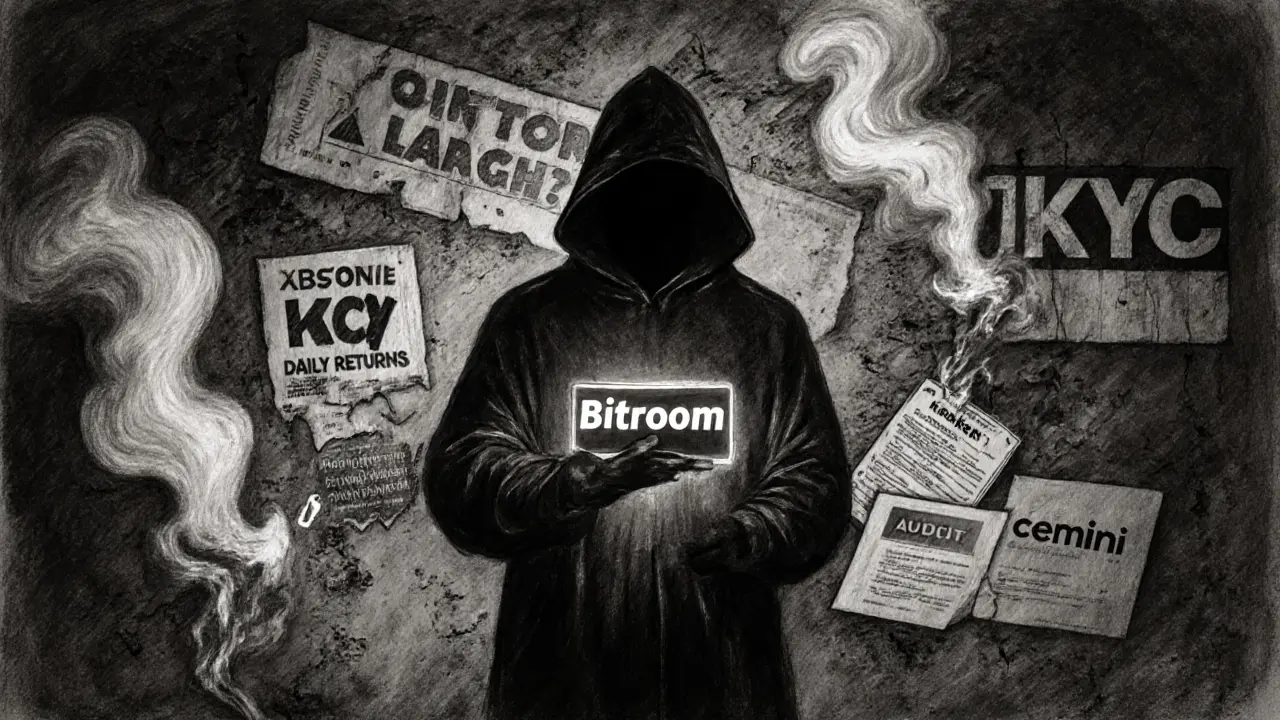Bitroom is not a legitimate crypto exchange - it's a scam. Learn how the fraud works, red flags to watch for, and where to trade safely instead.
Crypto Exchange Scam: How to Spot Fake Platforms and Avoid Losing Your Crypto
When you hear crypto exchange scam, a fraudulent platform pretending to let you trade digital assets while stealing your funds, it’s not just a warning—it’s a daily reality. Thousands of users lose money every month to exchanges that don’t exist, teams that are anonymous, and tokens with zero supply. These aren’t glitches or bad luck. They’re designed traps. And the worst part? They look real. Fake websites, fake testimonials, fake YouTube reviews—all made to trick you into depositing your crypto before vanishing overnight.
Real crypto exchanges like Binance, the world’s largest regulated crypto trading platform with verified trading volume and security audits or Uniswap, a decentralized exchange running on transparent blockchain code with public liquidity pools have public records, user bases, and trackable history. But look at Dexfin, a platform with no trading volume, no users, and no verifiable technology—it’s a ghost. Same with Bitay, a platform offering 10% staking rewards but missing from every major crypto tracker. These aren’t startups—they’re exit scams waiting to happen. And when they collapse, your coins are gone forever.
Scammers don’t just fake exchanges. They fake airdrops, fake security certifications, fake customer support. You’ll see Zenith Coin airdrop, a claim that’s been dead since 2020 but still lures people with fake websites. Or Dynamic Trust Network (DTN), a token with no circulating supply but a fake price chart showing fake gains. These aren’t bugs—they’re engineered lies. If a platform isn’t listed on CoinMarketCap or CoinGecko, has no active social media, and no public team, walk away. If it promises guaranteed returns or free tokens just for signing up, it’s a scam. The only thing you’ll get is a empty wallet.
There’s no magic trick to avoiding these scams. It’s simple: check the facts. Look for trading volume. Verify the team. Search for audits. See if other users are actually trading. If you can’t find proof, assume it’s fake. The crypto space is full of real opportunities—but only if you know how to separate them from the traps. Below, you’ll find real reviews of platforms that turned out to be scams, broken-down case studies, and step-by-step checklists to protect your money. No fluff. Just what you need to stay safe.

